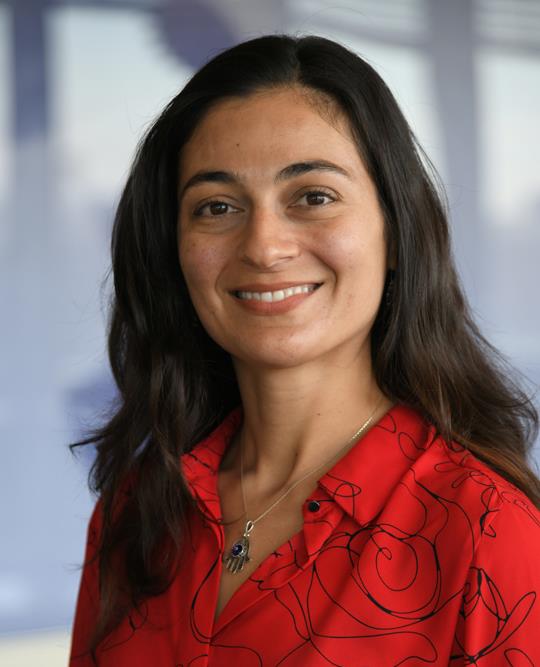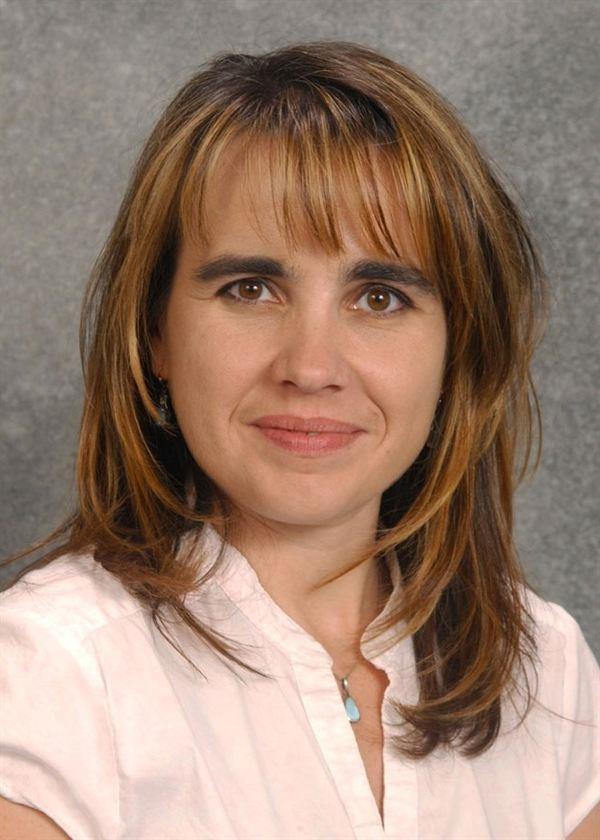- Doctors & Departments
-
Conditions & Advice
- Overview
- Conditions and Symptoms
- Symptom Checker
- The Connection Journey
- Sports Articles
- Dosage Tables
- Baby Guide
- Mental Health Resources

Parenting Tips and Advice
From bringing home a new baby to building trust with your teen, our pediatric experts share guidance to help you navigate the ups and downs of parenthood.
-
Your Visit
- Overview
- Prepare for Your Visit
- Your Overnight Stay
- Send a Cheer Card
- Family and Patient Resources
- Paying for Care
- Medical Records
- Policies and Procedures
- We Ask Because We Care
-
Community
- Overview
- Addressing the Youth Mental Health Crisis
- Calendar of Events
- Child Health Advocacy
- Community Health
- Community Partners
- Corporate Relations
- Global Health
- Patient Advocacy
- Patient Stories
- Pediatric Affiliations
- Support Children’s Colorado
- Specialty Outreach Clinics
Your Support Matters
Upcoming Events
Child Life 101
Wednesday, March 19, 2025Join us to learn about the work of a child life specialist, including...
-
Research & Innovation
- Overview
- Pediatric Clinical Trials
- Research Articles
- Discoveries and Milestones
- Training and Internships
- Academic Affiliation
- Investigator Resources
- Funding Opportunities
- Center For Innovation
- Support Our Research
- Research Areas

It starts with a Q:
For the latest cutting-edge research, innovative collaborations and remarkable discoveries in child health, read stories from across all our areas of study in Q: Advances and Answers in Pediatric Health.


Breathing
Primary Ciliary Dyskinesia (PCD)
We specialize in the big things, the small things and everything in between.

What is primary ciliary dyskinesia?
Primary ciliary dyskinesia (PCD) is a rare genetic disorder characterized by impaired function of motile cilia (cilia that do not work properly). Cilia are tiny, hair-like structures that line the upper and lower airways to keep the lungs, sinuses and ears free of microbes and debris that can cause infection and disease. An example of a microbe is bacteria.
Normally, cilia are constantly moving to sweep germs, such as bacteria, and debris, such as dust particles, out of our airways. In persons living with PCD, cilia don't move as they should. This means the cilia do not clear microbes and debris effectively, which causes children to have recurrent or persistent infections of the lungs, sinuses and ears.
In addition to having frequent respiratory symptoms and infections, almost half of people with PCD have chest and abdominal organs that are located on the opposite side of the normal position, a condition called situs inversus. For example, the heart may be on the right side of the body instead of the left. The abnormal position of organs typically does not cause symptoms. Most symptoms are caused by PCD. Also, men are usually infertile. PCD has also been called "immotile cilia syndrome" and "Kartagener syndrome."
What causes primary ciliary dyskinesia?
PCD is a genetic disorder, meaning that it is inherited from parents. PCD is usually inherited in an "autosomal recessive" fashion, meaning an affected child inherits two copies of a mutated, faulty PCD gene – one from each parent. Parents are considered carriers because they carry one mutation but do not typically have the classic symptoms of PCD themselves.
So far, scientists and doctors have found mutations in over 40 genes that cause PCD. They will likely discover many more mutations in other genes as they learn more about the genetic basis for this rare disorder.
Who gets primary ciliary dyskinesia?
PCD affects both males and females from all racial and ethnic groups. A child can only get PCD if they inherit the faulty PCD gene from both parents.
What are the signs and symptoms of primary ciliary dyskinesia?
Most people with PCD have symptoms at birth or beginning at a very young age. Symptoms generally affect the sinuses, ears and lungs, and include:
- Chronic nasal congestion
- Runny nose with discharge
- Chronic sinus infections
- Chronic middle ear infections
- Middle ear effusions and drainage (otorrhea) and hearing loss
- Chronic cough
- Recurrent pneumonia
- Difficulty breathing or oxygen need in newborns
- Atelectasis (collapse) of part of the lung
- Bronchiectasis (airway walls are thicker, dilated and scarred)
Almost half of all people with PCD have situs inversus, a condition in which the chest and abdominal organs are on opposite sides of the body from where they normally are. Examples include the heart, lungs, stomach, spleen, liver and gallbladder.
Some people who have PCD will have congenital heart defects and/or a condition called heterotaxy syndrome. Heterotaxy syndrome is a condition in which internal organs develop abnormally or are in an abnormal position.
PCD is also associated with fertility problems (ability to have children) in men and women.
What tests are used to diagnose primary ciliary dyskinesia?
We diagnose PCD based on typical signs, symptoms and test results. Confirming a diagnosis can be very challenging because no single test can diagnose PCD in every child who has the condition.
The two most common tests we use to diagnose PCD are:
- Genetic testing, which uses a blood sample to see if a child has two mutations in a single PCD gene
- Biopsy of ciliated tissue (usually from the nose or trachea) with examination of the structure of cilia
Measuring the levels of nitric oxide (a gas made by our bodies) in the nose when breathing out can be a very useful screening test or additional diagnostic test in children 5 and older. People with PCD have very low levels of nasal nitric oxide. This specialized test is only performed at a few centers across the country, including Children's Hospital Colorado.
How do providers at Children's Colorado make a diagnosis?
Many of the symptoms of PCD, such as chronic runny nose and recurrent ear infections, are common in all children. This makes it difficult to diagnose PCD based on symptoms alone. Some symptoms also point to other respiratory conditions, such as cystic fibrosis. We will use your child's medical history, symptoms and test results to make a diagnosis.
How is primary ciliary dyskinesia treated?
Currently, there is no way to fix defective cilia so treatments for PCD address the symptoms and work to improve kids' quality of life. One of the primary goals of treatment is to induce coughing, which helps the body rid itself of mucus and bacteria and reduces infections and illnesses.
- Chest physiotherapy is one technique frequently used to loosen mucus in the lungs so kids can cough it up. This therapy includes gently tapping a child’s chest several times with the hands or a device while they sit or lie down with their head down. This position uses gravity to help drain mucus from their lungs. As children with PCD get older, several mechanical devices and technologies can help clear mucus from their lungs.
- Aerobic exercise, which makes children breathe harder, can also help loosen mucus so they can cough it up. You should discuss exercise plans with your child’s doctor to make sure they are safe and appropriate.
- Some medicines may also help treat PCD symptoms. Antibiotics often help treat lung infections caused by PCD.
Doctors often recommend periodic chest X-rays, pulmonary function tests and respiratory cultures to monitor the progress of PCD and decide if they should make any changes to your child's treatment plan.
Why choose Children's Colorado for your child's primary ciliary dyskinesia?
Our specialists are at the forefront of evaluating new methods of diagnostic testing and new treatment approaches for children with PCD. We are researching the disease to better understand the natural history of PCD and to plan for clinical trials for new treatment options. Clinical trials are research studies that test how well new drugs and treatments work.
We are a PCD Foundation Clinical and Research Network site, meaning that we have the experience and expertise to help make an accurate diagnosis and provide the highest quality treatment for children with PCD.
We believe a multidisciplinary approach to managing PCD is the best way to improve quality of life for children. We have access to a variety of pediatric subspecialists, which enables us to provide a full spectrum of care, most often in one day and one location for your convenience.
We provide extensive diagnostic testing for both infants and older children to make sure your child's diagnosis is accurate. Our experienced staff of doctors, nurses, dietitians, social workers, child life therapists and therapists are here to treat your child's PCD and attend to your family's needs. We use a collaborative approach with our families by encouraging you to be involved in your child's care. We also work closely with your child's primary healthcare provider to make sure everyone is on the same page when it comes to your child's care.
- PCD Foundation provides information about PCD in children and adults as well as opportunities to volunteer or donate to support research and patient services.
- Genetic Disorders of Mucociliary Clearance Consortium is a network of nine North American Centers that collaborate in diagnostic testing, genetic studies and clinical trials that include patients with impairments in mucociliary clearance, focusing particularly on individuals with PCD.
- The National Heart, Lung and Blood Institute provides information about PCD as well as the latest research being done across the United States.
Next steps
-
Would you like to learn more about us?
Learn more about the Breathing Institute -
Do you have questions about your child’s condition?
720-777-6181 -
Are you ready to schedule an appointment?
Schedule an appointment
Get to know our pediatric experts.

Heather Moore, CPNP-PC
Certified Pediatric Nurse Practitioner

Pinar Polat, MD
Neurology - Pediatric, Sleep Medicine





 720-777-0123
720-777-0123



